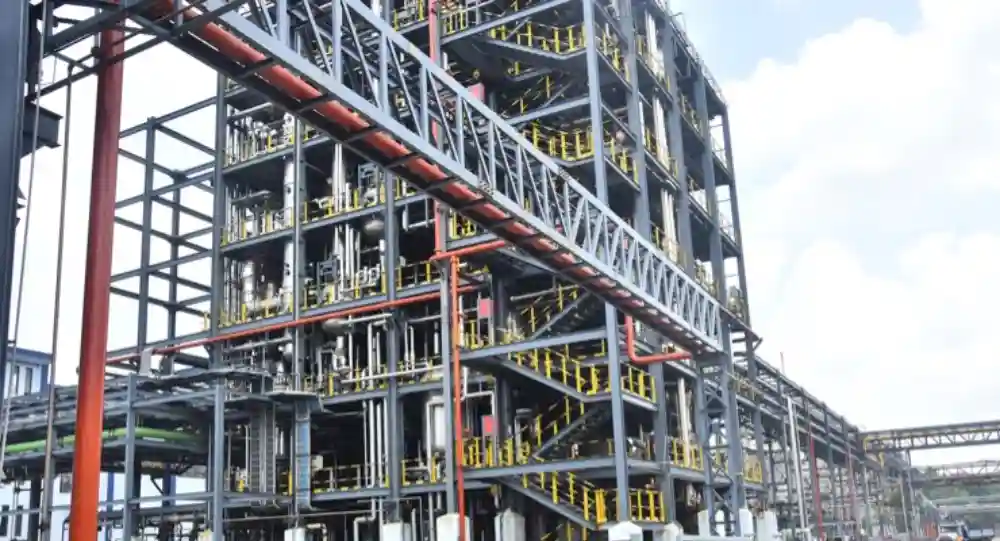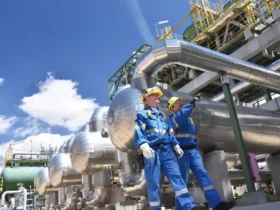
As the global demand for monochloroacetic acid (MCAA) continues to rise, driven by its extensive applications in pharmaceuticals, agrochemicals, and various industrial sectors, investors and entrepreneurs are increasingly exploring opportunities to establish MCAA manufacturing facilities. A recent report by IMARC Group provides an in-depth analysis of the essential aspects involved in setting up a monochloroacetic acid manufacturing plant, encompassing market trends, production processes, raw material requirements, capital investments, and financial projections. Understanding Monochloroacetic Acid (MCAA)
Monochloroacetic acid (C₂H₃ClO₂) is a colorless crystalline compound known for its high reactivity, attributed to the presence of both carboxyl and chloro functional groups.This chemical is primarily produced through the chlorination of acetic acid and serves as a crucial intermediate in the synthesis of various products. Its applications span across multiple industries:
-
Carboxymethyl Cellulose (CMC): MCAA is a key raw material in the production of CMC, which is widely used as a thickening agent in food processing, pharmaceuticals, textiles, and oil drilling.
-
Agrochemicals: It plays a significant role in manufacturing herbicides and insecticides, contributing to enhanced agricultural productivity.
-
Pharmaceuticals and Dyes: MCAA’s reactivity makes it valuable in synthesizing various pharmaceuticals and dyes.
Due to its corrosive and toxic nature, MCAA requires meticulous handling and storage under stringent safety protocols.
Market Trends and Growth Drivers
The global MCAA market is witnessing steady growth, propelled by several factors:
-
Rising Demand for CMC: The increasing consumption of processed foods and pharmaceuticals has led to a surge in demand for CMC, thereby boosting MCAA consumption.
-
Agricultural Advancements: The need for effective agrochemicals to enhance crop yields is driving the demand for MCAA-based herbicides and insecticides.
-
Pharmaceutical Industry Expansion: MCAA’s role in synthesizing various pharmaceuticals contributes to its growing market.
These trends underscore the potential profitability and strategic importance of investing in MCAA manufacturing.
Setting Up an MCAA Manufacturing Plant: Key Considerations
Establishing a monochloroacetic acid manufacturing facility involves several critical components:
-
Raw Materials and Utilities: The primary raw materials include acetic acid, chlorine, and acetic anhydride.Adequate utility provisions for water, electricity, and other essential services are vital.
-
Infrastructure and Machinery: A well-planned plant layout with appropriate machinery and equipment is essential for efficient operations.
-
Workforce Requirements: Skilled personnel are necessary to manage operations, maintenance, quality control, and safety protocols.
-
Packaging and Transportation: Proper packaging solutions and logistics are crucial to ensure safe and efficient distribution of the final product.
The IMARC Group’s report provides detailed insights into each of these aspects, offering a roadmap for successfully establishing an MCAA manufacturing unit.
Financial Aspects and Investment Analysis
A comprehensive financial analysis is integral to the planning and execution of an MCAA manufacturing project. Key financial considerations include:
-
Capital Investments: Initial expenditures encompass land acquisition, construction, machinery procurement, and installation.
-
Operating Expenses: Ongoing costs involve raw material procurement, utilities, labor, maintenance, and administrative expenses.
-
Revenue Projections: Estimating income based on market demand, pricing strategies, and sales volumes is essential for financial planning.
-
Profitability Metrics: Evaluating return on investment (ROI), net present value (NPV), and payback periods helps in assessing the project’s financial viability.
The report offers a detailed breakdown of these financial metrics, enabling stakeholders to make informed decisions.
Conclusion
The establishment of a monochloroacetic acid manufacturing plant presents a promising opportunity, given the compound’s extensive applications and the growing demand across various industries.With comprehensive planning, adherence to safety protocols, and strategic financial management, investors can capitalize on the potential of the MCAA market.The insights provided by the IMARC Group’s report serve as a valuable resource for navigating the complexities of setting up and operating a successful MCAA manufacturing facility.









Leave a Reply